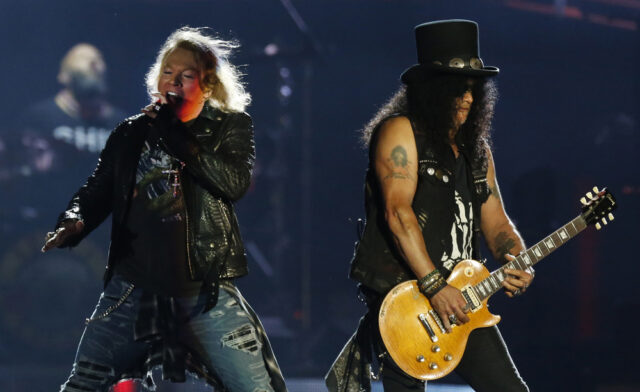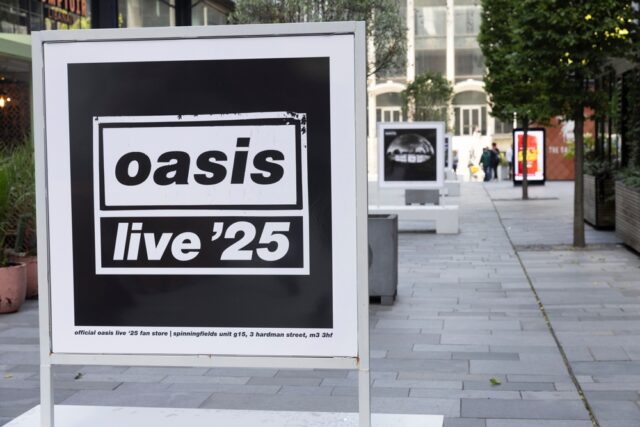
When Oasis played their first live gig in 16 years two weekends ago, my social media feed was on fire. I read reviews (mostly positive), watched videos (they sounded great), and sifted through comments from friends who are looking forward to seeing them stateside later this summer. Perhaps most resonant were the images of brothers Noel and Liam Gallagher, whose backstage fight at a 2009 concert spelled the end of Oasis, but who walked onstage hand-in-hand and ended the show with a brotherly embrace.
Oasis formed in 1991, when Noel Gallagher was 24 years old, and his younger brother, Liam, was just 19. They are one of the best-selling acts of all-time with over 75 million albums sold, but on- and off-stage turbulence was a regularity when the band’s members were in their 20s and 30s. Today, Noel is 58 and Liam is 52.
If this story sounds somewhat familiar, it should.
- The Eagles formed in 1971 when Don Henley was 24. They fought, broke up in 1980, and reformed in 1994, when Henley was 47.
- Guns N’ Roses formed in 1985, when Axl Rose was 23. The lineup fell apart in 1994, and reteamed with Slash and Duff McKagan in 2015 when Rose was 53.
- The Police formed in 1977 when Sting was 26. They broke up in 1986 and reformed (albeit for only one tour) in 2007 when Sting was 56.

Guns N Roses is one of many bands that reunited orginal members when they got older. (Photo credit: Antonio Scorza / Shutterstock.com)
I’ll spare you the granular details of all the examples. But if you consider Van Halen, The Black Crowes, The Go-Go’s, Pixies, Soundgarden, and Rage Against The Machine (to name just a few), you’ll generally find other examples of bands that formed in their 20s, fought, and ultimately put aside their differences when they got older for the good of the band.
When all these artists did reunite, their fans were right there with them, with two key psychological factors to remember. Maturation and nostalgia. As you get older, the trivial things that we obsess over and fight about when we’re younger become less important. And we crave the things that made us happy when we were younger. The Eagles may have fought incessantly in the 70s, but they’d probably all still tell you it was the greatest time of their lives.
Fans of Oasis cried when the Gallaghers embraced because many of them were also in their 20s when they heard “Wonderwall” for the first time. They were probably also more arrogant and cocky back then. The band, and the brand, Oasis, is taking their fan base on an emotional journey. Not a simplified journey of formation>breakup>reunion, but a deep, spiritual reckoning of their lives.

(Photo credit: Ink Drop / Shutterstock.com)
That is a power music has that few other things do. And it is why, if you are the caretaker of a music brand – whether it’s a band, radio station, podcast, record label, streaming platform, publication/website, and so on – it is essential to remember the role you play in your consumers’ lives.
To make these connections truly meaningful, don’t be subtle. Use clear, deliberate language to build images, then conduct research to track the effectiveness.
You are not selling plumbing supplies. You are selling journeys to some of your customers’ most fond memories.
